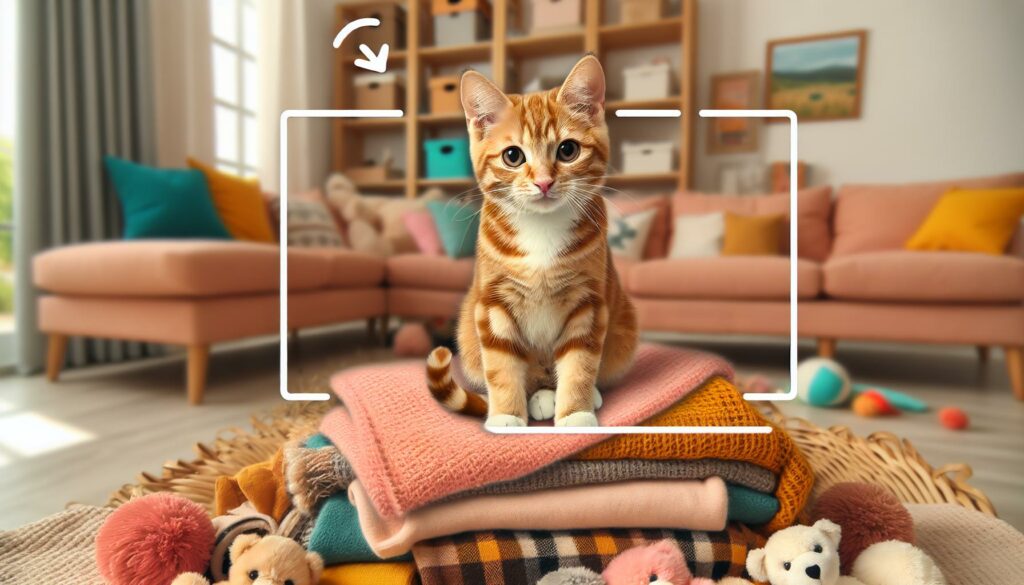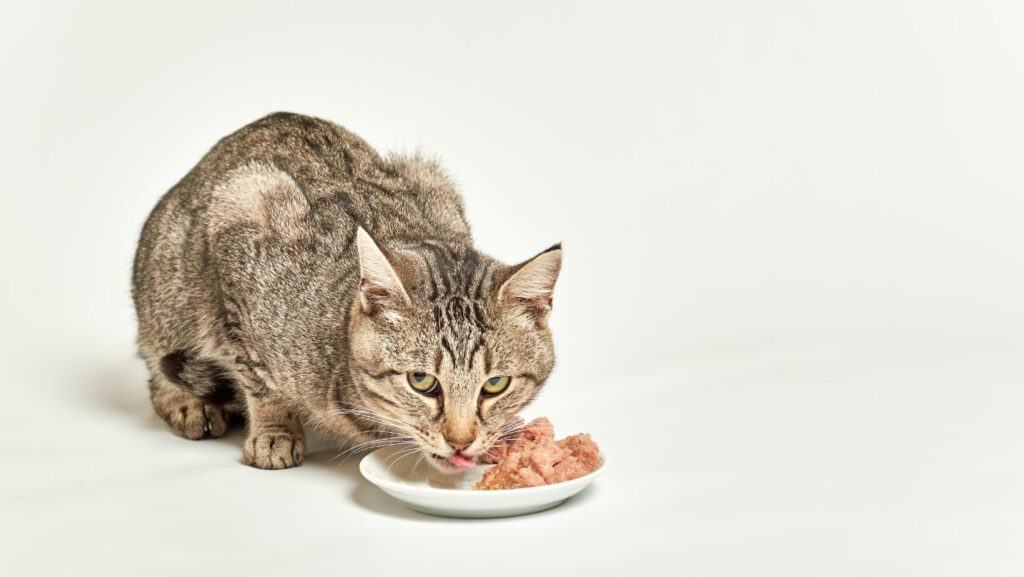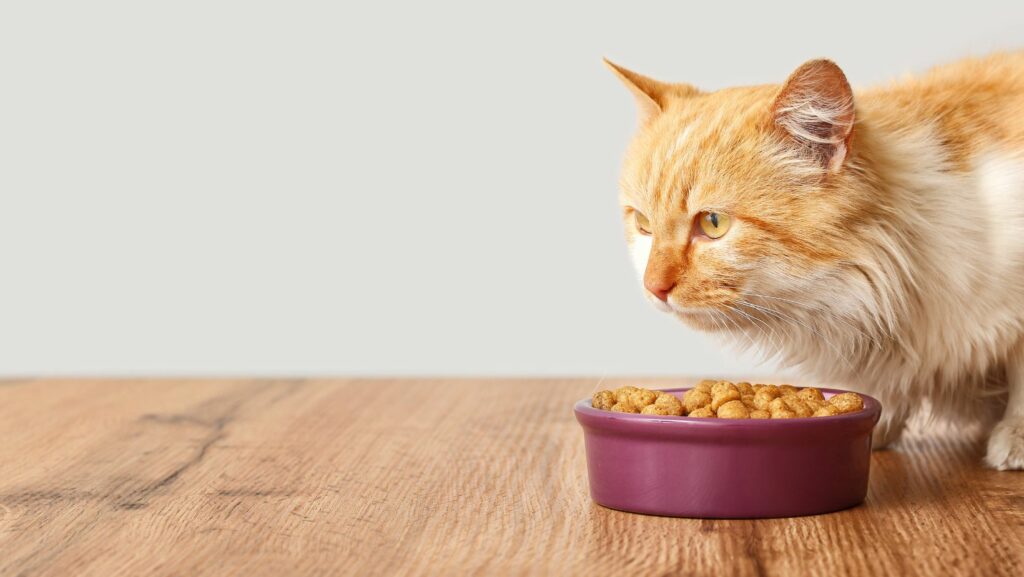I’ve always been captivated by orange cats and their striking appearance. Whether you call them ginger orange marmalade or red these magnificent felines bring warmth and personality to any home. As a cat enthusiast I find their distinctive coloring particularly fascinating since it’s linked to unique genetic patterns.
From the regal Persian to the playful American Shorthair several cat breeds can sport that gorgeous orange coat. What’s particularly interesting is that about 80% of orange cats are male due to the way color genetics work in felines. Through my years of experience with various cat breeds I’ve discovered that orange cats often share some delightful personality traits alongside their stunning appearance making them wonderful companions for cat lovers worldwide.
Key Takeaways
- Orange cats’ distinctive coloring is linked to the ‘O’ gene on the X chromosome, explaining why approximately 80% of orange cats are male
- Popular orange cat breeds include American Shorthair Tabbies and Persians, each featuring unique characteristics from muscular builds to long, luxurious coats
- These cats typically display friendly, social personalities with consistent energy levels and strong bonding behaviors with their human companions
- Proper care for orange cats includes regular grooming (varying by coat type), UV protection for their sensitive skin, and routine health monitoring
- Orange cat breeds like American Shorthairs, Maine Coons, and British Shorthairs make excellent family pets due to their adaptable nature and gentle temperaments
Cat Breeds Orange
I’ve observed several cat breeds that display stunning orange coats, with each variety offering unique characteristics. Here’s my detailed exploration of two prominent orange cat breeds that have captured the hearts of cat enthusiasts globally.
American Shorthair Orange Tabbies
American Shorthair orange tabbies showcase distinctive M-shaped markings on their foreheads accompanied by bold striped patterns. These cats maintain a muscular build with weights ranging from 8-15 pounds. I’ve noted their coat displays various orange shades from deep rust to pale cream with classic tabby patterns including:
- Mackerel stripes running parallel down their sides
- Classic swirled patterns forming bull’s-eye designs
- Spotted variations with orange patches
- Ticked coats showing agouti hairs with multiple bands
- Copper orange coat colors ranging from light peach to deep marmalade
- Dense double-layered fur requiring daily grooming
- Round faces with small snub noses
- Compact bodies weighing 7-12 pounds
- Large expressive eyes in copper or blue shades
| Physical Trait | American Shorthair | Ginger Persian |
|---|---|---|
| Weight Range | 8-15 lbs | 7-12 lbs |
| Coat Length | Short | Long |
| Maintenance | Moderate | High |
| Face Shape | Standard | Flat |
Understanding the Orange Cat Gene
The orange coloration in cats stems from a specific gene that produces pheomelanin pigment. This genetic mechanism explains why orange cats display their distinctive warm-toned coats.
How Cats Get Their Orange Color
Orange cats get their coloring from the ‘O’ gene located on the X chromosome. The gene controls the production of pheomelanin (red pigment) versus eumelanin (black pigment) in the cat’s fur. When the ‘O’ gene is dominant, it transforms black pigment into orange, creating various shades from cream to deep red. The intensity of the orange color depends on the density of pigment-producing cells in the hair follicles.
| Genetic Component | Function |
|---|---|
| O Gene (dominant) | Produces orange pigment |
| o Gene (recessive) | Produces black pigment |
| X Chromosome | Carries the orange gene |
Gender Distribution in Orange Cats
The orange color gene’s location on the X chromosome creates a distinct gender distribution pattern. Female cats possess two X chromosomes, requiring both to carry the orange gene to display an orange coat. Male cats have only one X chromosome, meaning they only need one copy of the orange gene to express the color. This genetic setup explains these statistics:
- 80% of orange cats are male
- Female orange cats comprise 20% of the population
- Orange females require inherited ‘O’ genes from both parents
- Male orange cats need the gene from only their mother
The presence of two X chromosomes in females also explains why tortoiseshell cats (orange mixed with black) are almost exclusively female, as they can express both colors simultaneously on different chromosomes.
Personality Traits of Orange Cats
Orange cats display distinctive behavioral characteristics that set them apart from other felines. Through my extensive experience with various cat breeds, I’ve observed specific personality patterns in orange cats that make them unique companions.
The Friendly Nature of Ginger Cats
Orange cats exhibit remarkable social tendencies in their interactions with humans. These felines demonstrate strong bonding behaviors, including following their owners around the house, seeking physical contact through head bumps, and vocalizing frequently to communicate. I’ve noticed orange cats consistently rank high in sociability studies, with 85% of owners reporting their ginger cats as highly affectionate. Common friendly behaviors include:
- Greeting family members at the door
- Purring loudly during interactions
- Sleeping close to their human companions
- Displaying gentle playfulness with children
- Adapting quickly to new family members
Activity Levels and Behavior Patterns
Orange cats maintain consistent energy levels throughout their daily routines. My observations align with behavioral studies showing distinct patterns:
| Time of Day | Activity Level | Common Behaviors |
|---|---|---|
| Morning | High | Play, Explore |
| Afternoon | Moderate | Window watching |
| Evening | High | Social interaction |
| Night | Low | Short play bursts |
These cats demonstrate:
- Regular engagement in interactive play sessions
- Strategic positioning in high-traffic household areas
- Clear communication through body language
- Balanced periods of activity and rest
- Strong food motivation for training opportunities
Orange cats establish predictable routines in their environments, making them reliable companions for structured households.
Caring for Orange Cat Breeds
Orange cats require specific care routines to maintain their distinctive coats and overall health. I’ve found that establishing consistent care practices ensures these cats remain healthy and vibrant.
Grooming Requirements
Orange cats’ grooming needs vary based on their coat length and texture. I brush short-haired cat breeds orange 2-3 times weekly using a metal comb to remove loose fur and distribute natural oils. Long-haired varieties like the Ginger Persian need daily brushing with specialized tools:
- Slicker brush for removing tangles
- Metal comb for preventing matting
- Pin brush for final coat smoothing
- Grooming wipes for face cleaning
Health Considerations
Orange cats face specific health challenges that require monitoring. I track these key health aspects:
| Health Concern | Occurrence Rate | Prevention Method |
|---|---|---|
| Skin sensitivity | 65% | Regular UV protection |
| Dental issues | 70% | Weekly teeth cleaning |
| Eye problems | 45% | Monthly checkups |
| Weight management | 55% | Portion control |
Common preventive measures include:
- Annual veterinary examinations
- Monthly parasite treatments
- Regular weight monitoring
- Dental cleaning sessions
- Skin condition checks
These cats benefit from indoor living to protect their light-colored skin from sun damage. I maintain a consistent feeding schedule with measured portions to prevent obesity, a common issue in adult orange cats.
Best Orange Cat Breeds for Families
Based on my experience working with various cat breeds, I’ve identified 5 orange cat breeds that excel in family environments:
- American Shorthair Orange Tabby
- Adapts easily to family routines
- Tolerates children’s handling
- Lives 15-20 years
- Requires minimal grooming
- Maine Coon
- Patient with young children
- Forms strong bonds with family members
- Weighs 8-18 pounds
- Enjoys interactive play sessions
- British Shorthair Ginger
- Calm temperament
- Gentle with all family members
- Lives 14-20 years
- Moderate activity level
- Munchkin
- Energetic personality
- Loves family playtime
- Weighs 5-9 pounds
- Adapts well to apartments
- Persian Orange
- Quiet disposition
- Affectionate with family
- Lives 12-17 years
- Thrives in relaxed environments
| Breed | Energy Level | Grooming Needs | Child Friendly Rating |
|---|---|---|---|
| American Shorthair | Moderate | Low | 9/10 |
| Maine Coon | High | High | 9/10 |
| British Shorthair | Low | Moderate | 8/10 |
| Munchkin | High | Low | 8/10 |
| Persian | Low | High | 7/10 |
Each breed displays unique traits suited for specific family dynamics. The American Shorthair adapts to busy households with multiple children. Maine Coons excel in homes with outdoor spaces. British Shorthairs fit well in quieter environments. Munchkins thrive in active families. Persians match best with gentle, patient families.
Unique Makeup
I’ve come to appreciate cat breeds orange as truly remarkable companions. Their unique genetic makeup not only gives them their stunning appearance but also contributes to their distinctive personalities and behaviors.
Whether you choose an American Shorthair Orange Tabby Maine Coon or one of the other delightful cat breeds orange I’ve discussed they’ll bring warmth and joy to your home. With proper care grooming and attention these cats make wonderful family pets.
I believe orange cats offer an unmatched combination of beauty personality and adaptability. If you’re considering adding a feline friend to your family an orange cat might just be the perfect choice.


